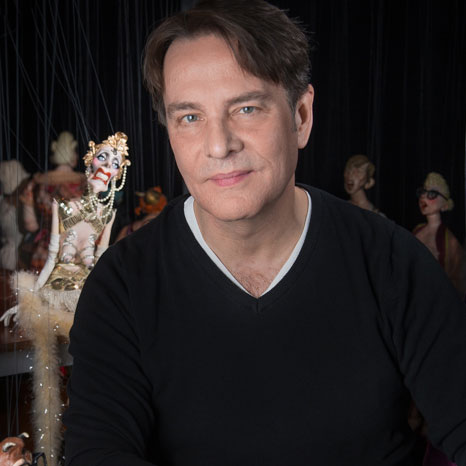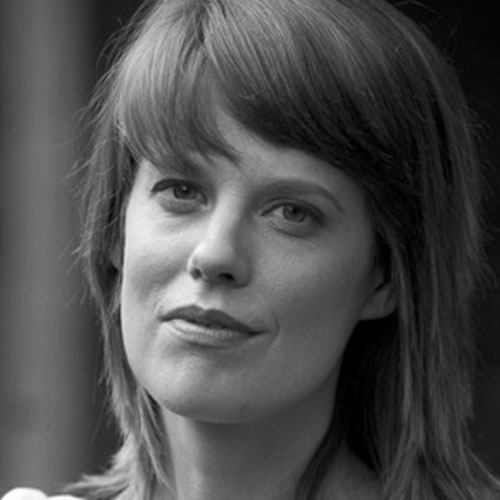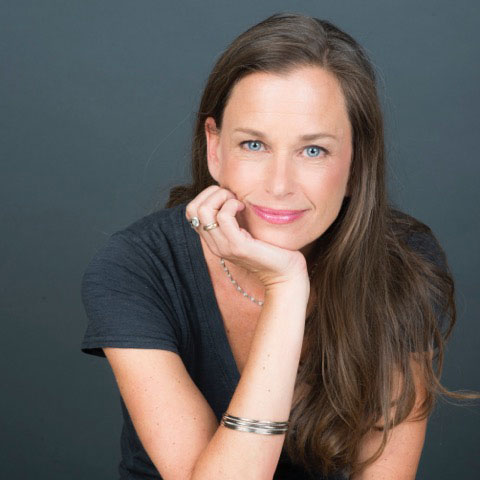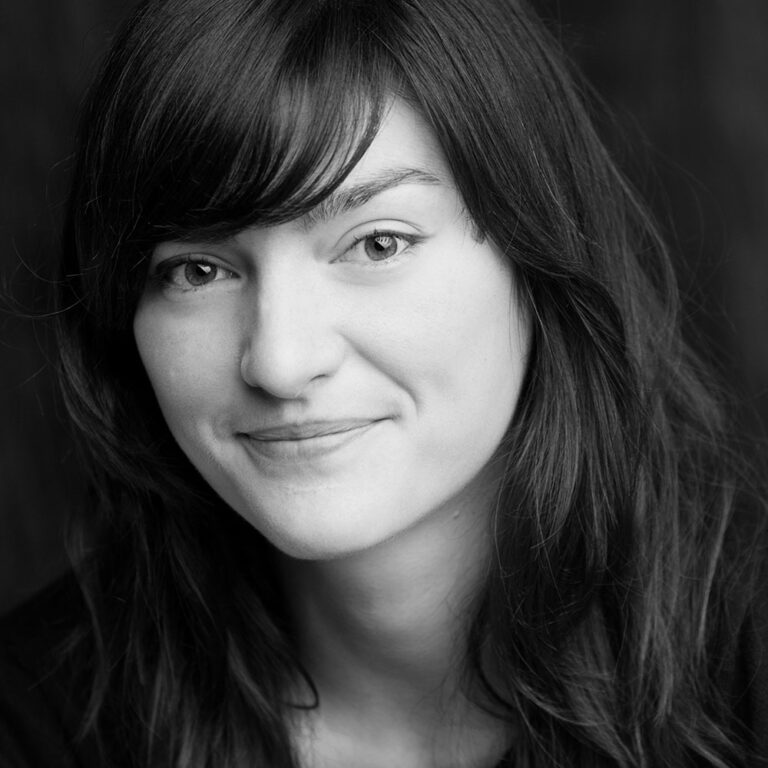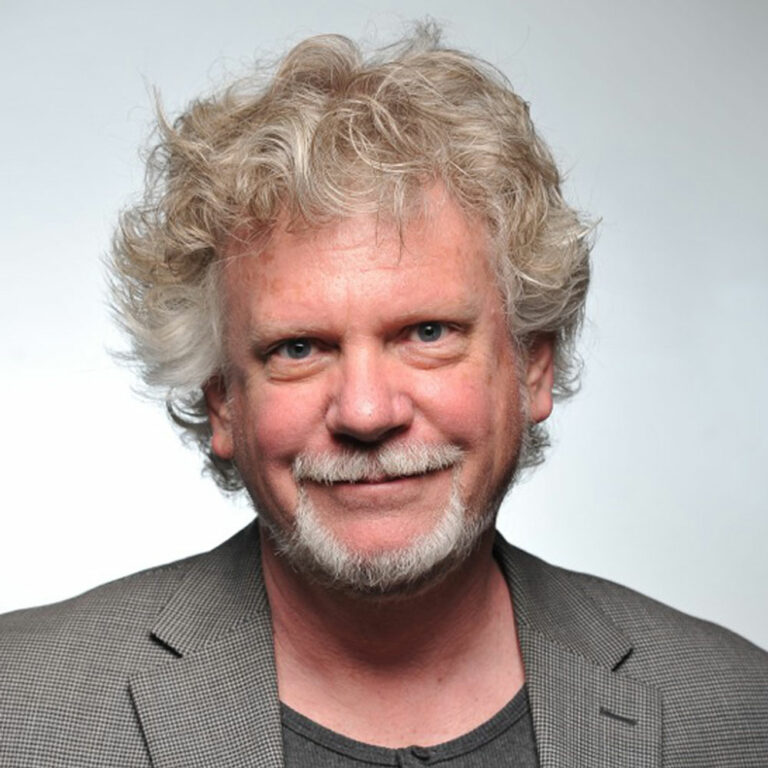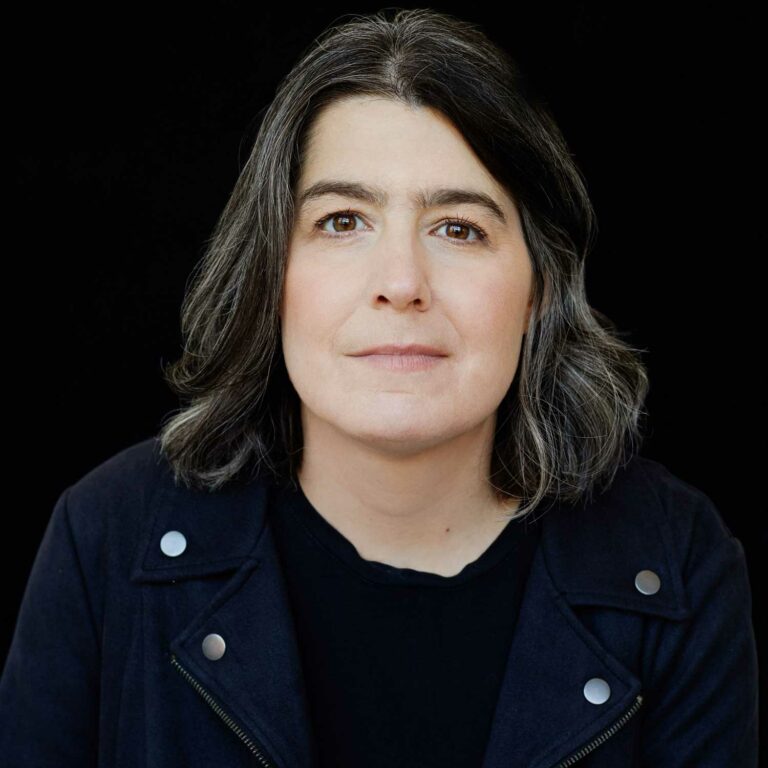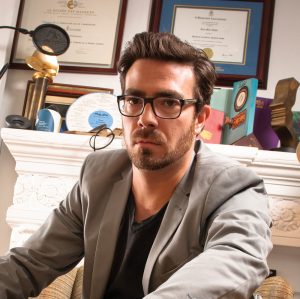Thank you Dr. Siminovitch. Thank you to the founders of the Siminovitch Prize in Theatre, BMO Financial Group for sponsoring the prize and this evening, to Mary Adachi for nominating me, and thank you to the jury for their gigantic leap of faith.
I am thrilled to finally be invited to one of those elite cocktail parties our Prime Minister says artists go to all the time. I personally don’t know many working artists who crave putting on a suit, but maybe I just run with the wrong crowd. Nor do I call myself an artist, yet. Hopefully before I draw my last breath that word will escape my lips in a meaningful way, but for me, an artist is one who creates a piece of work that cannot be discussed, only felt. And I don’t think I’m there yet. However, the Siminovitch Prize in Theatre does make me think that perhaps I’m on the right track, so I thank you all for the vote of confidence.
It’s interesting being in the middle of a career, of life, of experience and understanding, of practice. In a world gone mad for all things young and new, I’ve been feeling somewhat invisible the past couple of years. Too old to be the hot new thing, too young to be the revered old master. It’s a beautiful place to be, actually; I’m quite content to just make new work without the annoyance of having to be the a press-mad bad boy drumming up my own persona. If anyone is lucky enough to stand mid-career, it can imply that the technical has been learned and mastered and the second part of that career is about exploration of ideas and content. That’s what excites me most, poised here in the middle of it all. I’m more surprised than anyone to be selected for this magnificent honour. But thank God, and the Founders, there is indeed a prize for simply being here, in the middle. And I can assure you that middle, in this case, means the beginning of the best part.
My chief mentor in puppetry, Martin Stevens, said that “art is the personal contribution to the ever-continuing conversation about life”. Here in the middle of my career, the Siminovitch Prize will allow me to continue that discussion in a significant way.
I think the jury has made a bold choice. An historic choice, that perhaps they are not even aware of. I am a designer; I’m also a writer, an actor, a producer, a roadie, a boss, a collaborator, a huckster and a hustler, a mold maker and a woodcarver, but more than anything, and first and foremost, I am a puppeteer. And there is no category in the Siminovitch Prize three year rotation for my kind. And yet here I am. I thank the jury for that, not only in a deeply personal way; I thank them for the message they send to my odd little sub-community in the arts that puppetry is an artform to be recognized in the theatre. I didn’t have that message when I began, so I hope it encourages some kid building puppets in their parents’ basement to dream large.
To the Founders, I thank you very personally for creating this Prize in honour of the Siminovitchs. I know what it is to want to keep a cherished spirit alive, a significant person remembered. The last time I spoke publicly was just over a week ago when I gave the eulogy at my Mother’s memorial service in Alberta. I learned about being this year’s recipient on the same day she died. She and my Dad, who passed away just last year, would have loved this. I wish they could have seen a bunch of bankers throwing me a party. They were the most loyal, spectacular, funny, simple people I’ve ever known and their support and pride in me was boundless. Not without condition, but endless. And in a world with lowered standards, I appreciate their expectations more than ever. When I was still a teenager, my Dad said to me: “Why is it that any horse’s ass in the room can say they’re an artist and no one challenges them on that? If you’re gonna say it, then prove it. And if they have to say it at all, there’s your proof they probably aren’t.” That, in a nutshell, explains my Dad…and all of Alberta.
What were the chances of a kid from the prairies becoming a puppeteer and having an international theatre career? Actually, the chances were pretty good. When I was emerging, and by emerging I mean young and interested, there was a lot of little money for the arts.
I got a thousand bucks from Alberta Culture when I was fourteen to go to a Puppeteers of America Festival in Lansing, Michigan. The total madness of my parents putting me on a plane and allowing me to cross the border alone to associate with a bunch of old dolly wigglers is one thing; but even better, Alberta said go. Listen. Learn. Bring it home. And I did. I met the masters of marionette craft at that Festival and they took me in. And I, in my own way, brought them home.
When I was eighteen I quit university and with another small grant from Alberta Culture I went to an international puppet congress and festival in Moscow. I can still tell you images I saw in those theatres that changed my life, changed my view of design and performance. And, in my own way, I brought them home, and in another way, I’ve been taking them back to the world on tour with a Canadian perspective.
And several years later, when I had a crazy idea to do marionette theatre for adults, the Canada Council had a little Explorations grant that allowed me to do it. And Theatre of Marionettes has been touring for twenty-three years because of that first investment in a small arts business by my country.
What was the chance that a puppet mad kid from the prairies would ever have an international theatre career? Chances were good. And simply because I was from Canada and part of a generation that was able to not only go into the world and experience my artform there in order to bring it home, but also because the Canada I grew up in had touring theatre and dance and music criss-crossing this country when I was being formed.
I saw the play Ten Lost Years and realized for the first time we were actually interesting onstage. I saw The Canadian Opera Company’s La Boheme. I saw Danny Grossman perform “Higher”. I saw all of that and so much more in Medicine Hat, Alberta.
I agree with our Prime Minister. The arts in Canada are elite. Unlike the Canada of my youth, now, unless you live in a major city and have a lot of disposable income, you can’t see ballet and opera and theatre or hear a symphony orchestra. And while other countries have identified that the very best way to brand yourself as distinct and vibrant in the global marketplace is through the ongoing export of culture, our current government has cut the international cultural export program altogether. Our audacious, unique, new-world voice has been silenced on the world stage. So, even when the kids from Abbottsford, Wawa, Antigosh and Medicine Hat manage to get themselves to a point of international attention, Canada says no. So, in a year of death and destruction, in a year when I looked seriously at the prospect of my little touring company having to fold, and when I was hearing no no no from my country, I’d really like to say thank you to the Siminovitch Prize in Theatre for saying yes so loudly.
This is not the only loud voice I’ve heard recently. The other day I was in the Roncesvalles Starbucks when a woman came in, sat down, and started talking to herself, to the customers, to ghosts, to God, to whoever. She was, for lack of a better description, a Burkett marionette waiting to happen. Toothless, ancient, with that mysterious drape of skin that occurs when lips, chin and neck become one. Blunt cut white hair, far too many shopping bags, asking various young women in Starbucks if they worked at the home she lived in. I tried to ignore her, but my perverse puppet maker desire to study her face, her ankles, her hosiery, the contents of her bags, willed me to look. And she caught me.
She looked right at me and screamed, “You didn’t need the surgery in the first place!” I tried to ignore her, focusing all my attention on my grande skinny vanilla latte. She screamed again, “You didn’t need the surgery in the first place!” This was incredible. Who was she? Witch? Psychic? Madwoman? “You didn’t need the surgery in the first place!” Who told her? How could she know my plan to spend the Siminovitch money on so much cosmetic surgery that by next April my face would be as tight as a Marine Corps cot? Damn the gossiping theatre community!
I fled Starbucks and found refuge on a bench outside. But she followed me. Standing there on the steps of Starbucks she stared at me and yelled, “You’re the finest dentist there ever was!” What an odd thing to say. She yelled it again, “You’re the finest dentist there ever was!” This was awkward. This was crazy. This was potentially dangerous. I mean, what if the Siminovitch jury got wind of this? What if they heard I was a dentist, not a designer? They’d strip me of the prize before I even had it in my grasp. “You’re the finest dentist there ever was!”
Standing to leave, I looked at her and said, “You know full well I am not a dentist.” She replied, “You’re the finest dentist there ever was!” Staring back at her for a split second, I realized two things. One, who was I to argue with her? I can assure you I’ve never dabbled in amateur dentistry, nor do the letters DDS appear anywhere alongside my name. But if she wanted to scream to the world that I was the finest denist there ever was, what harm was there in that? Who knows, maybe there’s a prize for being the finest dentist there ever was too. I could double my windfall!
The second thing I realized was that she was not a witch, or psychic or a madwoman. She was that strange, magical being I search for on the streetcar, in airports, in coffee shops. This beautiful, screaming, flawed creature of inspiration was my muse.
For years, people have said to me, “Geez Ron, how do you think up your characters?” Well, I do keep a cauldron of BS and invention simmering in my studio, but the source of my characters is us. Many puppeteers build fantastic creatures, gargoyles and monsters, angels and devils, elves and talking animals. But I build little people, smaller representations of all of us; for within my species are angels and demons enough.
So that glorious, mad, damaged woman who proclaimed me the greatest dentist there ever was, will no doubt find her way onstage in my next show, a shrunken wooden icon whose madness and despair speak of the human condition. An iconic vision of us onstage who perhaps cannot be discussed, only felt.
I am the product of my mentors and their belief in me. The grand, flawed, beautiful bullies of puppetry who taught me to draw and sculpt and carve and see, but moreso, who insisted I stretch my craft beyond the facile, the cute, the mindless babysitting diversion it had become. I am also the product of my country and its belief in me. And while English Canada might actually not be one of the best places to try and create theatre right now, I still believe I stand here this evening simply because I was a puppet mad kid from Canada. I think perhaps we all have a responsibility to leave our world one step better than we found it; I hope as a puppeteer, as a son, and as a Canadian I will indeed do that in return for huge favours rendered.
I owe a huge debt to the colleagues and artisans who have worked with me over the years to create my marionettes. Their friendship, passion and attention to detail have repeatedly made me better than I am, and kept me going when I found myself sitting in a pile of sawdust facing yet another impossible deadline. I am also grateful and indebted to countless designers, writers, actors, dancers, technicians and musicians who have inspired me, challenged me and moreso, extended their genenoristy of spirit to me. No one has been the recipient of more kindness.
To quote my mentor Martin Stevens again, who, aside from my Dad was the most influential man in my life and certainly one of the most quotable, his definition of a puppet was “the shape of an idea in motion”. He insisted that all three parts be present in order to make a puppet; the physical form, the thought or impulse for the character and the movement of it onstage. I realized the other day it’s a pretty good description of a person’s life too. So I’m grateful for the Siminovitch Prize in Theatre and the promise it brings to keep me thinking and moving along. I have been touring my shows since the age of fourteen. I’ve had a longer career than any prime minister, so this insane act of goodwill and continued belief in the puppet mad kid which the Siminovitch Prize in Theatre represents will only ensure that this audacious, unique, new-world, and very Canadian voice will continue.
Thank you.
I’m pleased that, in return, I get to extend my vote of confidence and a portion of this spectacular prize to a young Canadian puppet designer and performer. A young woman who is probably a thoroughbred; who happened upon a puppet show by a Canadian – this Canadian – a few years ago and thought, hey, I want to do that. Who got herself to the International School of Puppetry in France, graduated and brought it back home. A young woman who, when I phoned to tell her that she was winning part of this prize, started crying and said “I can build a new show”. I couldn’t have chosen better than her. She is Clea Minaker, and I am so happy to introduce her to you as the protégé of this year’s Siminovitch Prize in Theatre.







